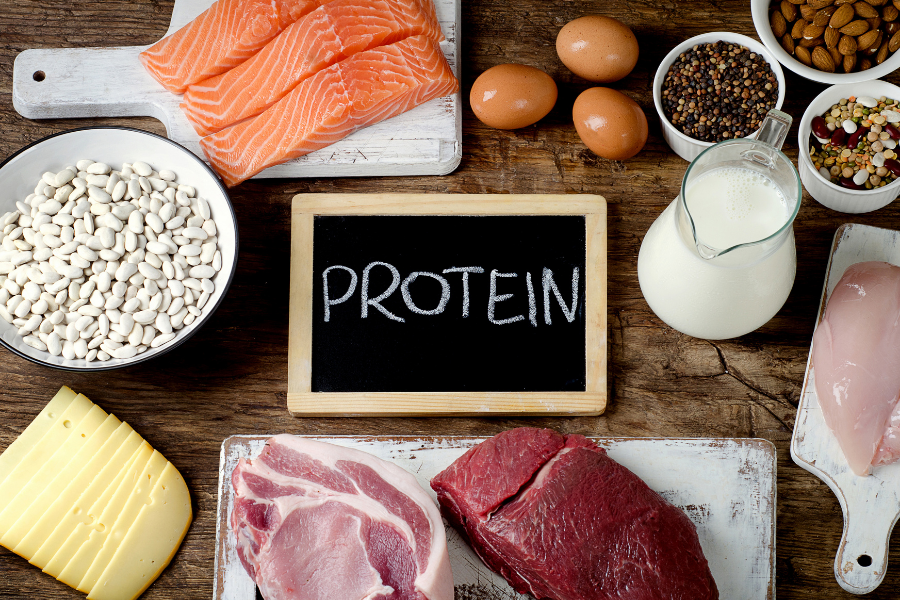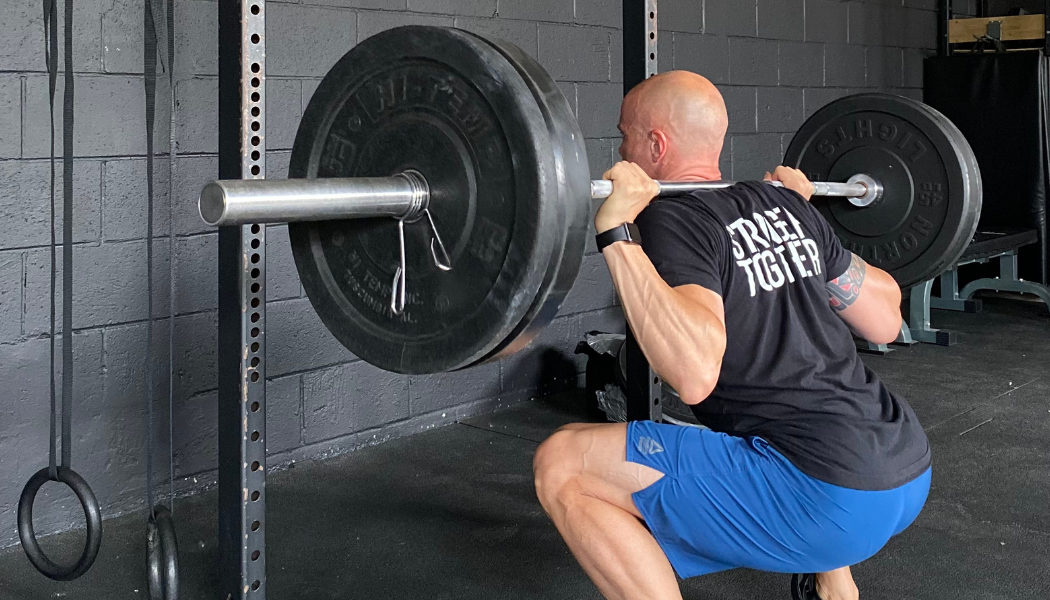What You Measure Will Move

A lot of us got into fitness to reach some sort of body composition goal. Yes, we want to be healthy. Yes, we want to be able to stay active and mobile as we age. But at the end of the day, let’s call a duck a duck—we want to look good.
That could mean different things to different people. Maybe you want to put on some muscle, or perhaps you want to shed those extra pounds you put on during quarantine. Either way, the solution here is simple: What you measure will move.
This is why macros matter.
Is weighing your food and counting macros a prerequisite for proper nutrition? No. But will measuring your food promote consistency and help you reach a specific body composition goal quicker? Yes.
The total calories you eat in a day and the ratio of protein, carbs, and fat that make up those calories are ultimately the most important factors that will dictate muscle gain or fat loss.
Something To Try This Week
For this week, measure your daily protein intake and nothing else.
This makes measuring macros simple and allows you to focus on the macronutrient that is most important for keeping you satiated, building muscle, and supporting proper hormonal health.
Aim for 0.7 to 1.0 gram per pound of bodyweight to start. That’s your goal.
Make It Even Simpler
No interest in using the food scale or doing math to put together a meal? Use the palm of your hand to measure an adequate amount of protein for every meal.
Three meals a day, at least one palm size serving of protein at every meal (two for men). Stick to that consistently and you’ll be surprised how other things start to fall into place.
For help with your nutrition goals, book a free call today: collectivefit.ca
The post What You Measure Will Move appeared first on CollectiveFit.
More Posts





